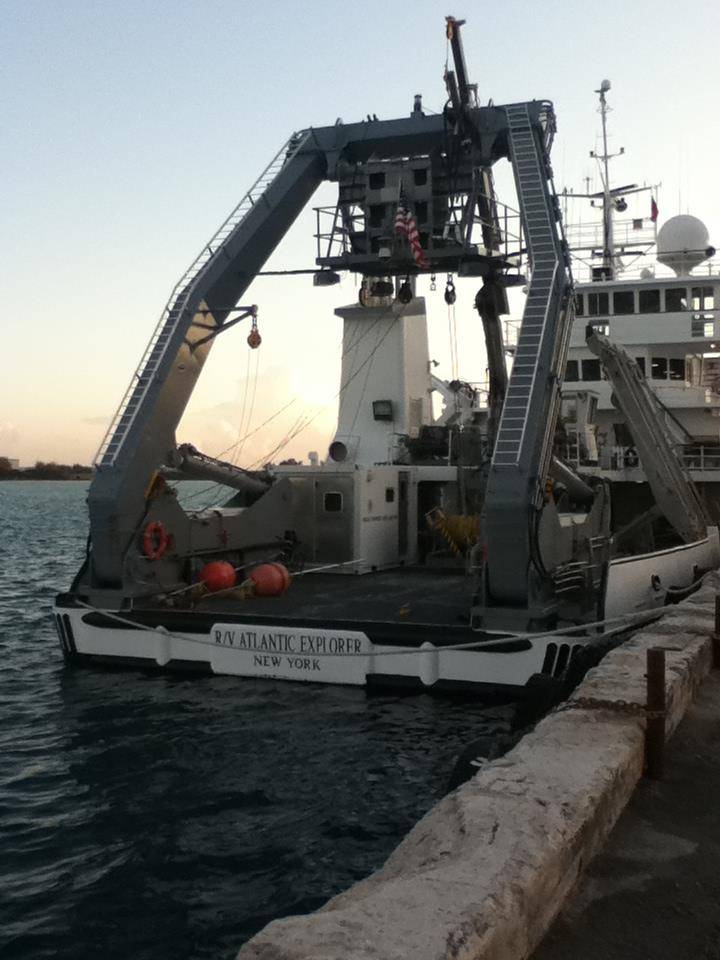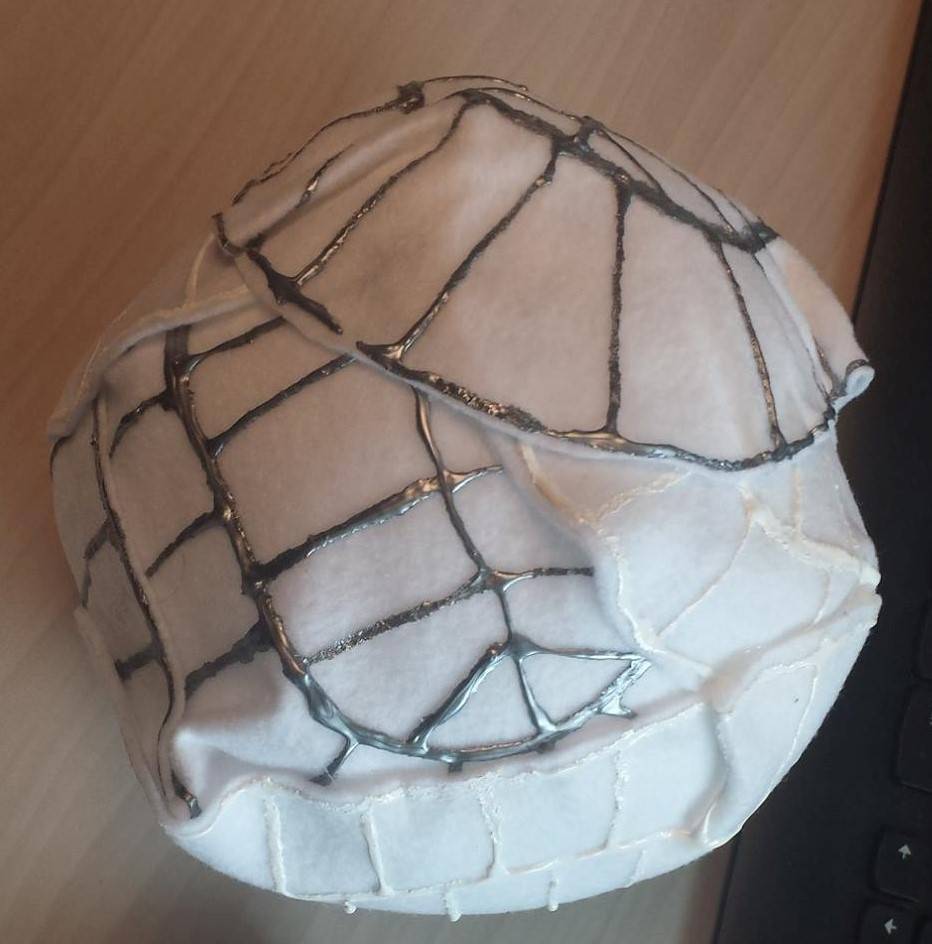Paleoclimate Stories
While modern climate change has no real analogs in Earth's geologic past, we study past climates to understand the mechanisms of climate change, and the feedbacks and forcings in the climate system. Every month or so we will post new paleoclimate information and a new story. If you wish to submit a new paleoclimate story to be posted here, or provide any feedback about the content of this page, email us (mekikf@gvsu.edu).
Paleoclimate Stories:
What is Paleoclimatology?
Paleoclimatology is the study and reconstruction of Earth's ancient climates. This reconstruction is done through proxy data and computer modeling.
A proxy is a substitute measurement when a direct measurement is not possible or available.

Famous Proxies
An example of a climate proxy is the ratio of oxygen isotopes, oxygen-18 to oxygen-16, or δ18O. This is pronounced "delta-O-18" and is fundamentally a tracer of the water cycle. The lighter isotope evaporates more easily, while the heavier isotope precipitates out of the atmosphere more readily. This preferential segregation of isotopes in different environments is called fractionation. δ18O is used in both deep sea samples and ice cores.
Hydrogen isotopes do the same thing as oxygen isotopes and the hydrogen proxy, the ratio of deuterium (H-2) to protium (H-1), is called "delta deuterium or δD" It is important to note that δD is used as a paleo-proxy predominantly in ice cores and not deep sea sediments. Because both proxies trace the hydrologic cycle, they are both used as indicators of temperature and global ice volume.
Foraminifera and Coccolithophores
Foraminifera, forams for short, are protists which are heterotrophs and exclusively marine. The average foram shell is about the size of a sand grain. Most forams make their shells from calcium carbonate. Some foram species live as plankton (surface ocean floaters) while others as benthos (bottom dwellers). Their shells carry chemical impurities whose concentration is determined by environmental parameters like temperature, pH, food availability, and the age of the water itself. Because of different species of forams inhabiting different depths of the ocean, they carry invaluable information about the ocean's structure, chemistry and evolution over geologic time.
Coccolithophores are also protists which make their shells from calcium carbonate but, unlike forams, they are photosynthetic. Coccolithophores are marine algae. And they are tiny - the average diameter of a coccolithophore is 5 - 100 microns. A micron is one thousandth of a millimeter!
Both forams and coccolithophores carry environmental information in their shells and have thousands of extant and fossil species which makes them excellent proxy-bearers for modern climate and paleoclimate studies.

Model coccolithophore created by GVSU Geology alumna Emily Neier.
Paleoclimate Story 1: Origins of El Nino and the Strangely Warm Pliocene
El Nino - La Nina events collectively called ENSO (El Nino Southern Oscillation) occur in the equatorial Pacific Ocean where trade winds either slow down causing warm western waters to flood the eastern side of the Ocean around Peru (El Nino), or trade winds amp up and force warm waters west into the Indian Ocean and cool down the eastern equatorial Pacific surface waters (La Nina). Typically El Nino and La Nina events oscillate back and forth semi-decadally with intervening "normal" times.
For Michiganders, El Nino means a warmer winter, while La Nina means a very cold and snowy winter. But that was not the case for the last La Nina and the newly developing El Nino isn't making this summer very warm for us either. That's strange and probably has everything to do with anthropogenic climate change (Figen Mekik's personal opinion - see NOAA Research "How will climate change change El Nino and La Nina).
But was ENSO always so? Apparently not. Using a paleotemperature proxy, Mg/Ca ratio in planktonic foram shells, Fedorov et al. (2006) demonstrated in their famous Science paper that the ENSO cycle got its start at the end of the Pliocene about 2 million years ago. Before that, the Pliocene, roughly 5 to 2 million years ago (there's debate about the exact age), was a time of a "permanent El Nino." That said, other scientists like Watanabe et al. (2011) who used the δ18O proxy on coral shells disputed the idea of a permanent El Nino during the Pliocene. The debate lingers to this day.
What is so weird about the Pliocene warmth is that although nothing was substantially different in the factors affecting climate than today, global average temperatures were a few degrees higher. In other words, atmospheric carbon dioxide concentration, continental configuration (except for Panama...), and solar luminosity were very similar to the pre-industrial modern time, but there was no permanent ice cap in the northern hemisphere. This is a mystery that is yet unresolved.
